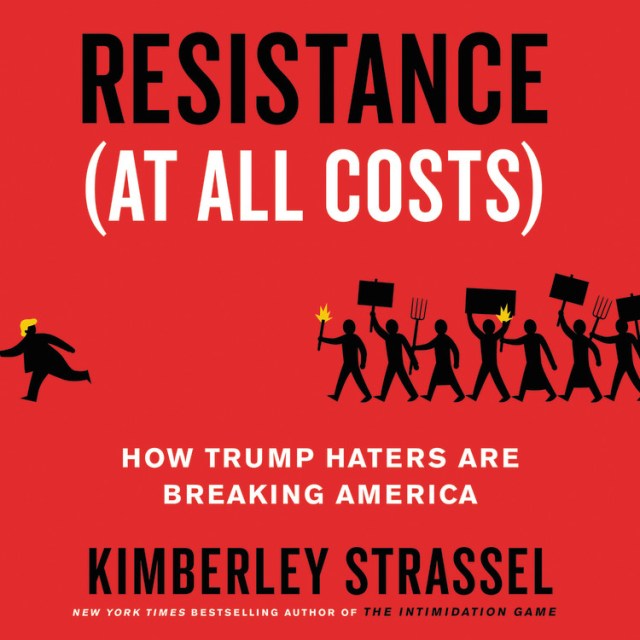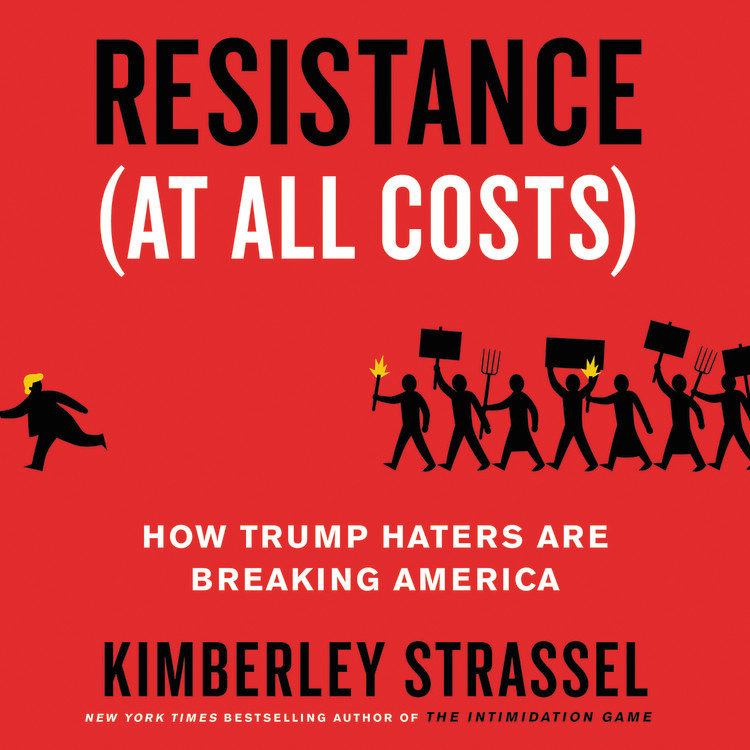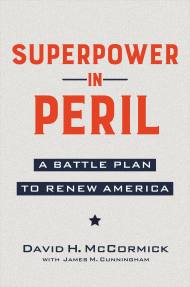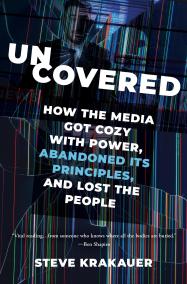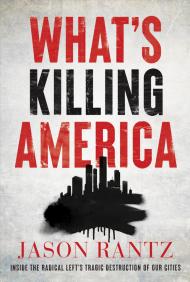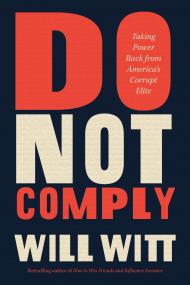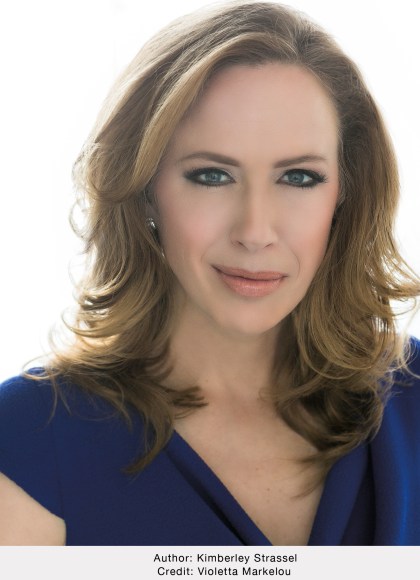Promotion
Use code MOM24 for 20% off site wide + free shipping over $45
Resistance (At All Costs)
How Trump Haters Are Breaking America
Contributors
Read by Dorothy Michelle Howell
Formats and Prices
Format
Format:
- Audiobook Download (Unabridged)
- ebook $11.99 $15.99 CAD
- Hardcover $28.00 $35.00 CAD
- Trade Paperback $16.99 $22.99 CAD
This item is a preorder. Your payment method will be charged immediately, and the product is expected to ship on or around October 15, 2019. This date is subject to change due to shipping delays beyond our control.
Also available from:
Wall Street Journal columnist and New York Times bestselling author Kim Strassel argues that the all-out “Resistance” has become dangerously reckless in its obstruction of President Trump.
Among the most consistent and aggressive criticisms of Donald Trump is that he is a threat to American democracy — a human wrecking ball demolishing our most basic values and institutions. Resistance (At All Costs) makes the opposite case — that it is Trump’s critics, in their zeal to oppose the president, who are undermining our foundations.
From the FBI’s unprecedented counterintelligence investigation into the Trump campaign, to bureaucratic sabotage, to media partisanship, to the drive-by character assassination of Trump nominee Brett Kavanaugh, the president’s foes have thrown aside norms, due process and the rule of law.
Resistance (At All Costs) shows that the reaction to Trump will prove far more consequential and damaging to our nation long-term than Trump’s time in office.
Instant New York Times bestseller.
Genre:
-
"A rare writer who immediately recognized the deception and corruption fueling the collusion hysteria, Strassel vividly describes the 'Russiagate' hoax as well as the Left's shocking disregard for honesty, integrity, and the rule of law."Congressman Devin Nunes
-
"Strassel's courage to stand up to the groupthink of the political media makes her a national treasure. Her fact-filled reporting exposes a simple but hidden truth: The Resistance is violating the norms they claim to care so much about, leaving a lasting and damaging mark on the country."Mollie Hemingway, senior editor, The Federalist
-
"Fifty years from now, when historians try to understand how America devolved into lunacy, they'll read this book. Nobody's sharper, wiser or more precise than Kim Strassel."p.p1 {margin: 0.0px 0.0px 0.0px 0.0px; line-height: 18.0px; font: 16.0px Helvetica; color: #212121; -webkit-text-stroke: #212121; background-color: #ffffff}span.s1 {font-kerning: none}Tucker Carlson, Fox News host
-
"[A] bracing challenge to mainstream political narratives."Publishers Weekly
-
"A vitally important review of the incredible abuses of power that accompanied the 2016 campaign."Hugh Hewitt
- On Sale
- Oct 15, 2019
- Publisher
- Hachette Audio
- ISBN-13
- 9781549127922
Newsletter Signup
By clicking ‘Sign Up,’ I acknowledge that I have read and agree to Hachette Book Group’s Privacy Policy and Terms of Use
